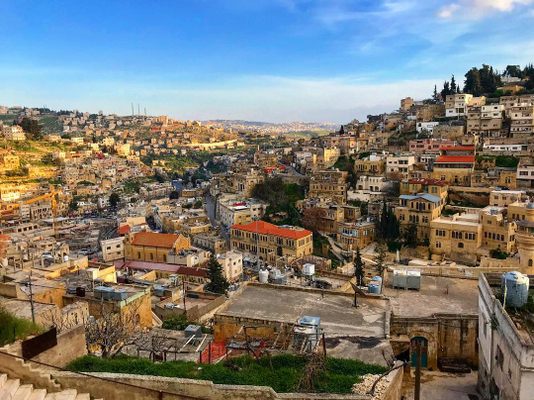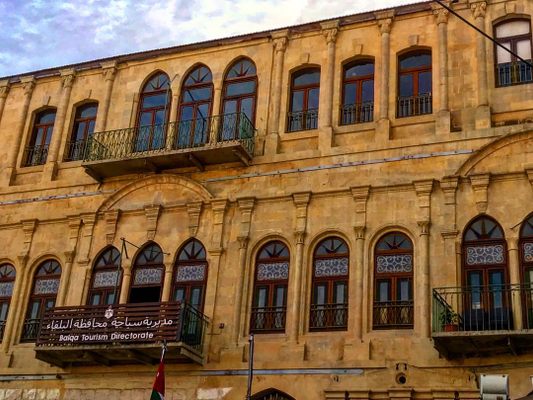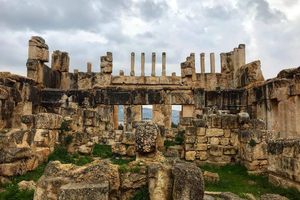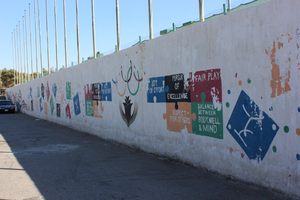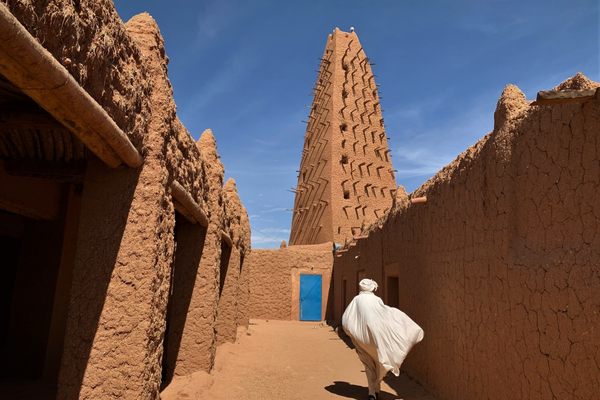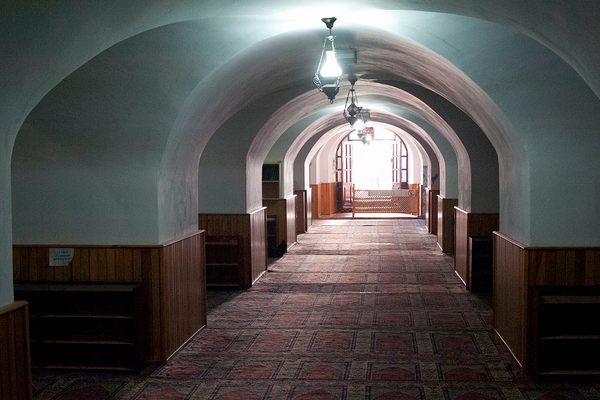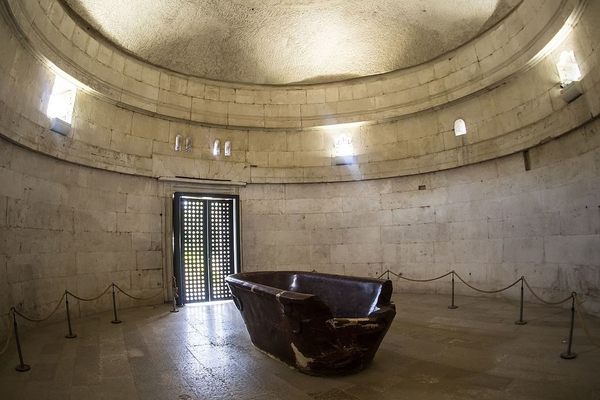About
Just north of Amman, in Jordan's Balqa Government, is a city that has been inhabited since at least the Chalcolithic period. The ancient town of Es-Salt is home to remarkable Ottoman architecture, the legendary location of the prophet Job's interment, and streets so narrow and winding that for some residents trash collection is done via donkey instead of vehicle.
Full of gorgeous panoramas and historic structures, Es-Salt is best appreciated by way of a strenuous trek up the historic Harmony Trail. At the end of the ascent stands a striped pink-and-white stone building locally known as al-Qal'a, Arabic for “The Castle.” In fact, it is a mosque and memorial to Ottoman soldiers who died in the vicinity during World War I. Though it requires a long hike, the view of Es-Salt from The Castle is worth the effort. On this peak, you'll be standing atop layers and layers of history.
While it was founded by Alexander the Great, there is attestation in both written and archaeological record (some of which is on display at the city’s museum) that the area was previously settled by a Semitic-speaking people. It has seen Byzantines, Ghassanid Arabs, Mongols, Mamluks, Ottomans, Brits, and others pass through—alternatively building, ravaging, repairing, and occupying the city. However, the mark left on the city by the Ottomans has persisted.
Under these Turkish-speaking rulers, Es-Salt was the administrative capital of Jordan, and it is consequently full of stunning examples of Ottoman architecture, characterized by long arching windows and elegantly carved stone. Its style has also been influenced by Nablusi architects, who came from Palestine in the late 19th century. This city boasts the oldest public secondary school in Jordan (visible in the distance from The Castle), which is still in operation. In the days when trade was carried out on foot or by caravan, Es-Salt was an important hub, lying on the path between Amman and Jerusalem.
Es-Salt has historically been a mixed city of Muslims and Christians, as attested to by the presence of numerous mosques and churches distributed among the tightly packed line of houses bordering the winding streets. Of all the churches, Al-Khader, or St. George Orthodox Church, is the most famous. It incorporates a small cave and is covered in ornate paintings of the disciples and of St. George slaying a dragon. Another highlight is the Al-Hammam Road, which runs through a bustling marketplace frequented by locals and whose doors are reminiscent of some of the famous markets in Syria. You'd be hard-pressed to find a better place to visit for an authentic Jordanian experience.
Related Tags
Know Before You Go
Parking can be a hassle, especially on the steep hills. Cars can park on the lower levels of the city, but past a certain height, if you even see a car, it belongs to a resident. Bring lots of water and wear modest clothing to enter the church and the mosque. A small archaeological museum can be accessed from the center of the city; entrance fees are only a few dinars. The above map coordinates point to "The Castle."
Ancient Ruins & Legendary Landmarks of Jordan
Explore Mesmerizing Jordan: From Petra to Greco-Roman Ruins.
Book NowPublished
March 4, 2019

